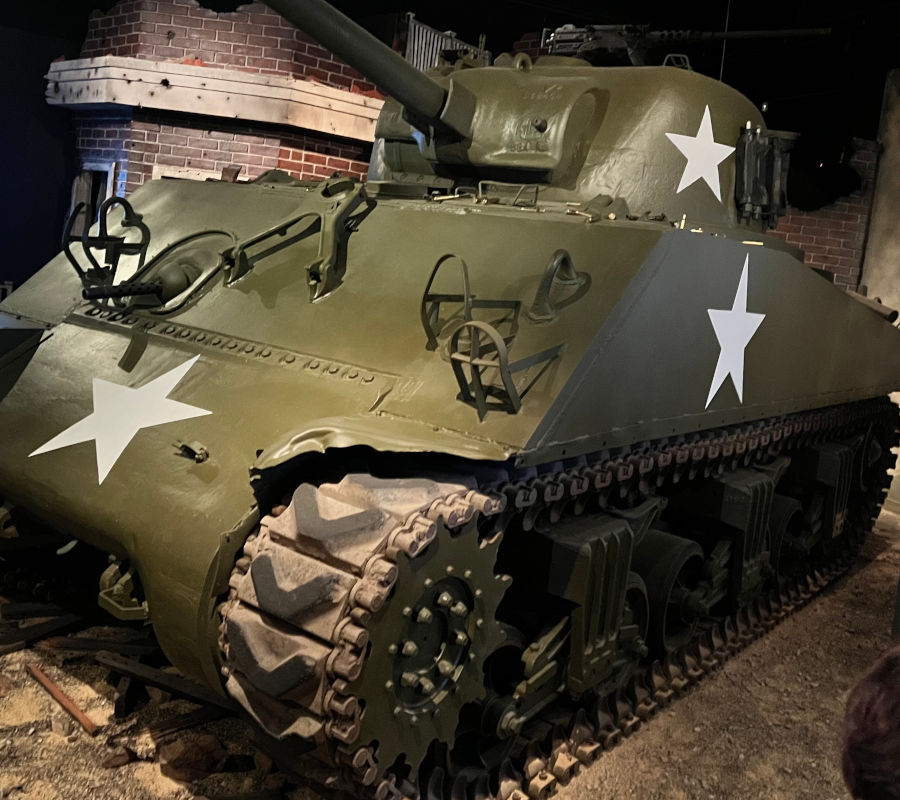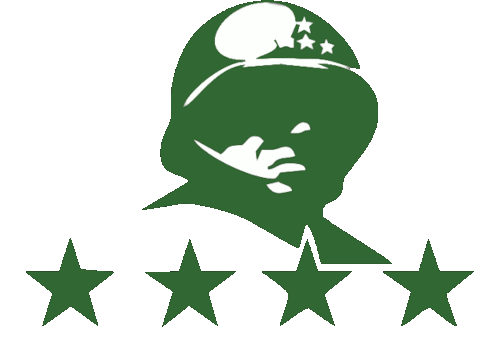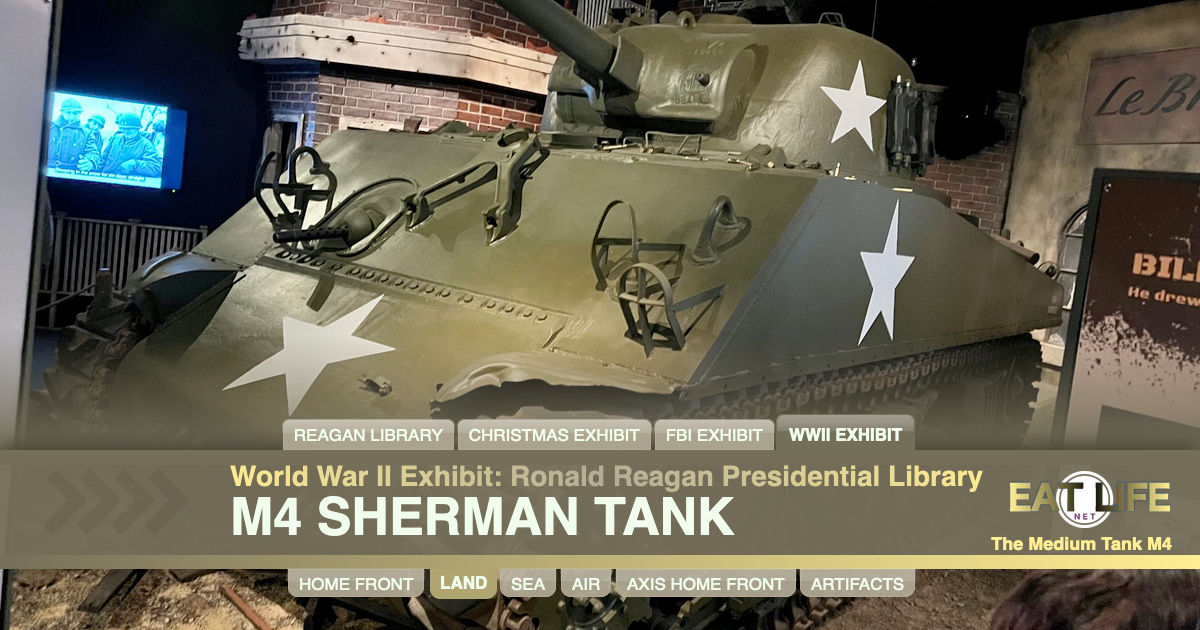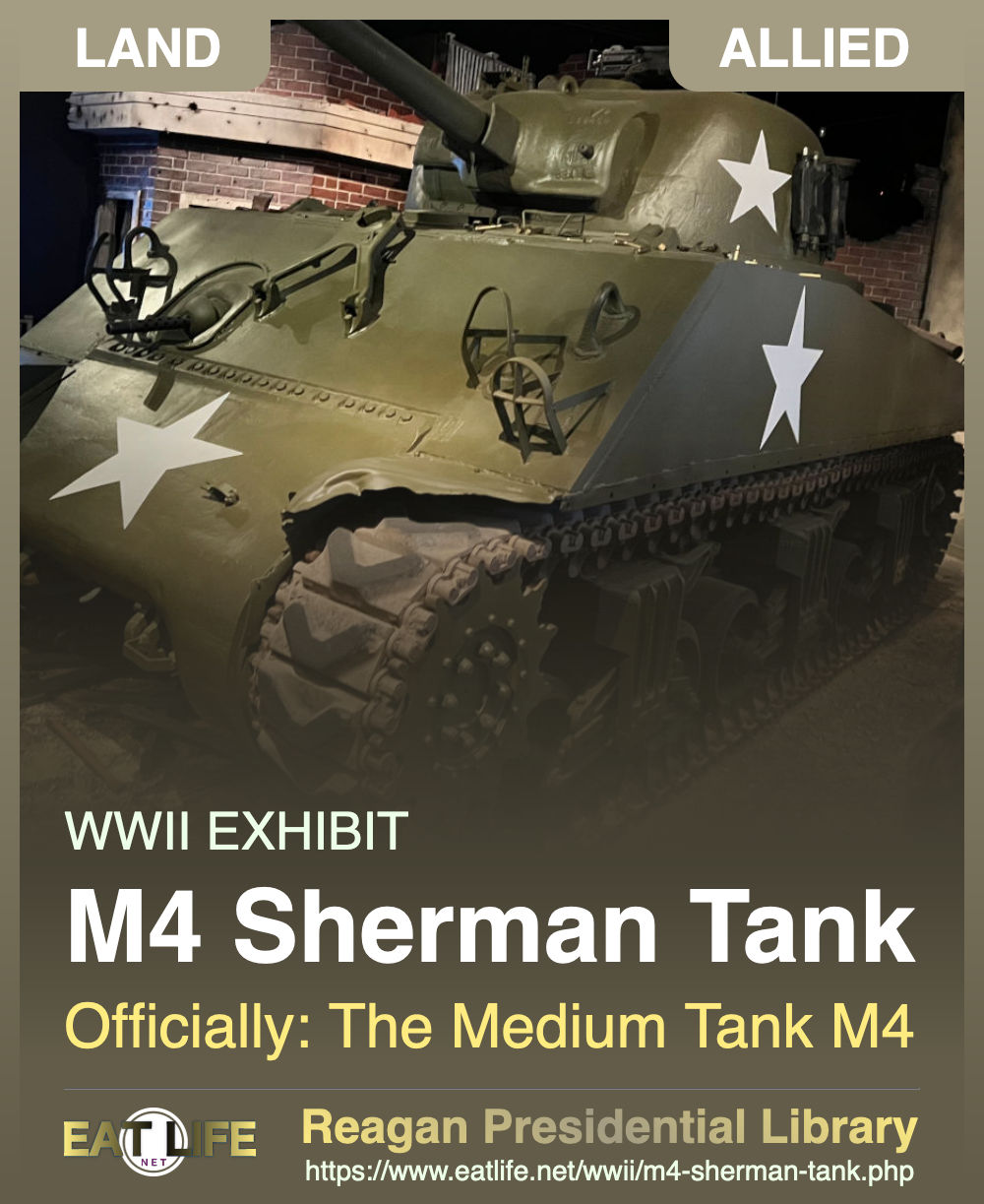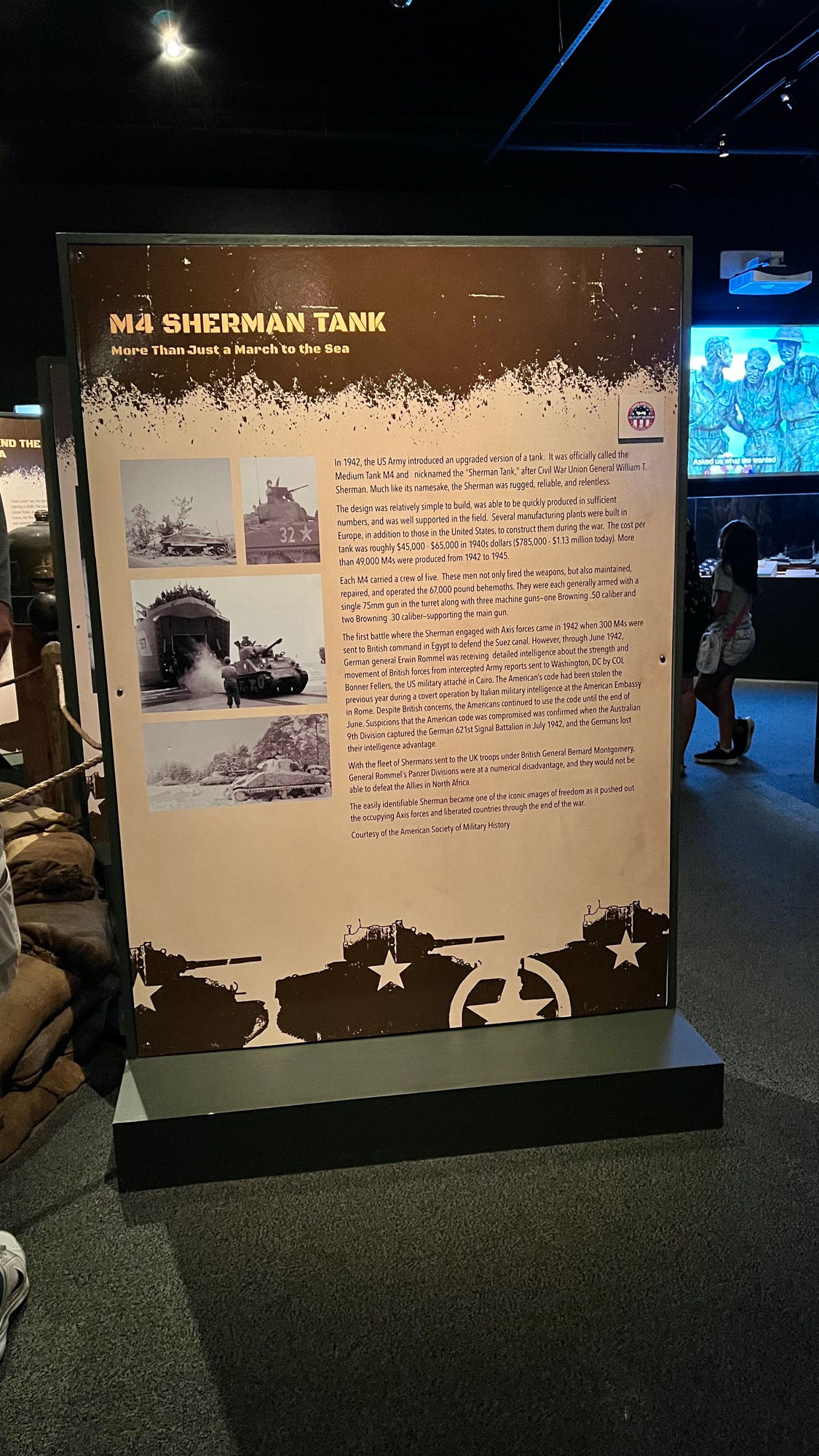
More Than Just a March to the Sea
In 1942, the US Army introduced an upgraded version of a tank. It was officially called the Medium Tank M4 and nicknamed the "Sherman Tank," after Civil War Union General William Sherman. Much like its namesake, the Sherman was rugged, reliable, and relentless.
The design was relatively simple to build, was able to be quickly produced in sufficient numbers, and was well supported in the field. Several manufacturing plants were built in Europe, in addition to those in the United States, to construct them during the war. The cost per tank was roughly $45,000 - $65,000 in 1940s dollars ($785,000 - $1.13 million today). More than 49,000 M4s were produced from 1942 to 1945.
Each M4 carried a crew of five. These men not only fired the weapons, but also maintained, repaired, and operated the 67,000 pound behemoths. They were each generally armed with a single 75mm gun in the turret along with three machine guns - one Browning 50 caliber and two Browning 30 caliber - supporting the main gun.
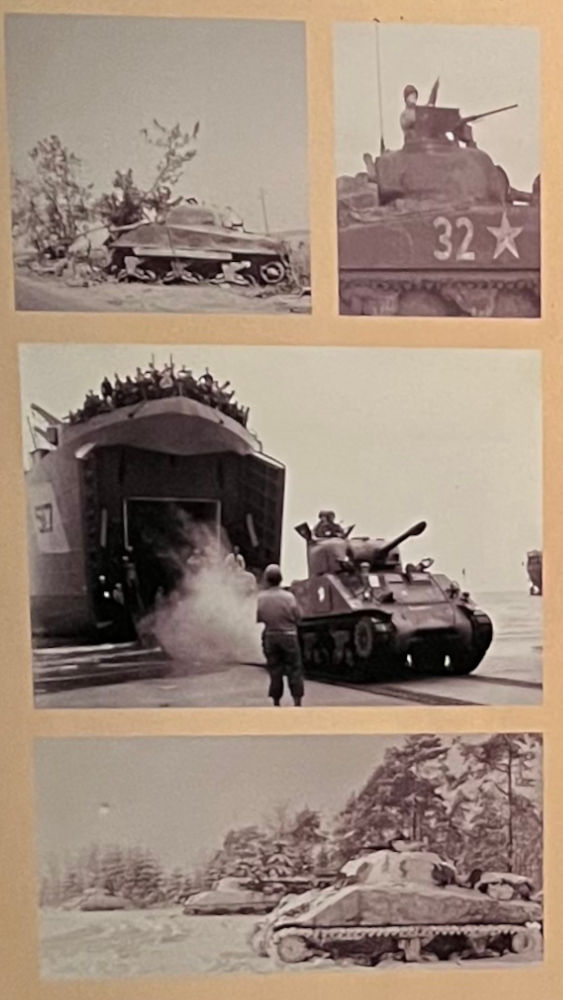 The first battle where the Sherman engaged with Axis forces came in 1942 when 300 M4s were sent to British command in Egypt to defend the Suez Canal.
However, through June 1942, German General Erwin Rommel was receiving detailed intelligence about the strength and movement of British forces from intercepted Army reports sent to Washington, DC by COL Bonner Fellers, the US military attache in Cairo.
The American's code had been stolen the previous year during a covert operation by Italian military intelligence at the American Embassy in Rome.
Despite British concerns, the Americans continued to use the code until the end of June.
Suspicions that the American code was compromised was confirmed when the Australian 9th Division captured the German 621st Signal Battalion in July 1942, and the Germans lost their intelligence advantage.
The first battle where the Sherman engaged with Axis forces came in 1942 when 300 M4s were sent to British command in Egypt to defend the Suez Canal.
However, through June 1942, German General Erwin Rommel was receiving detailed intelligence about the strength and movement of British forces from intercepted Army reports sent to Washington, DC by COL Bonner Fellers, the US military attache in Cairo.
The American's code had been stolen the previous year during a covert operation by Italian military intelligence at the American Embassy in Rome.
Despite British concerns, the Americans continued to use the code until the end of June.
Suspicions that the American code was compromised was confirmed when the Australian 9th Division captured the German 621st Signal Battalion in July 1942, and the Germans lost their intelligence advantage.
With the fleet of Shermans sent to the UK troops under British General Bernard Montgomery. General Rommel's Panzer Divisions were at a numerical disadvantage, and they would not be able to defeat the Allies in North Africa.
The easily identifiable Sherman became one of the iconic images of freedom as it pushed out the occupying Axis forces and liberated countries through the end of the war.
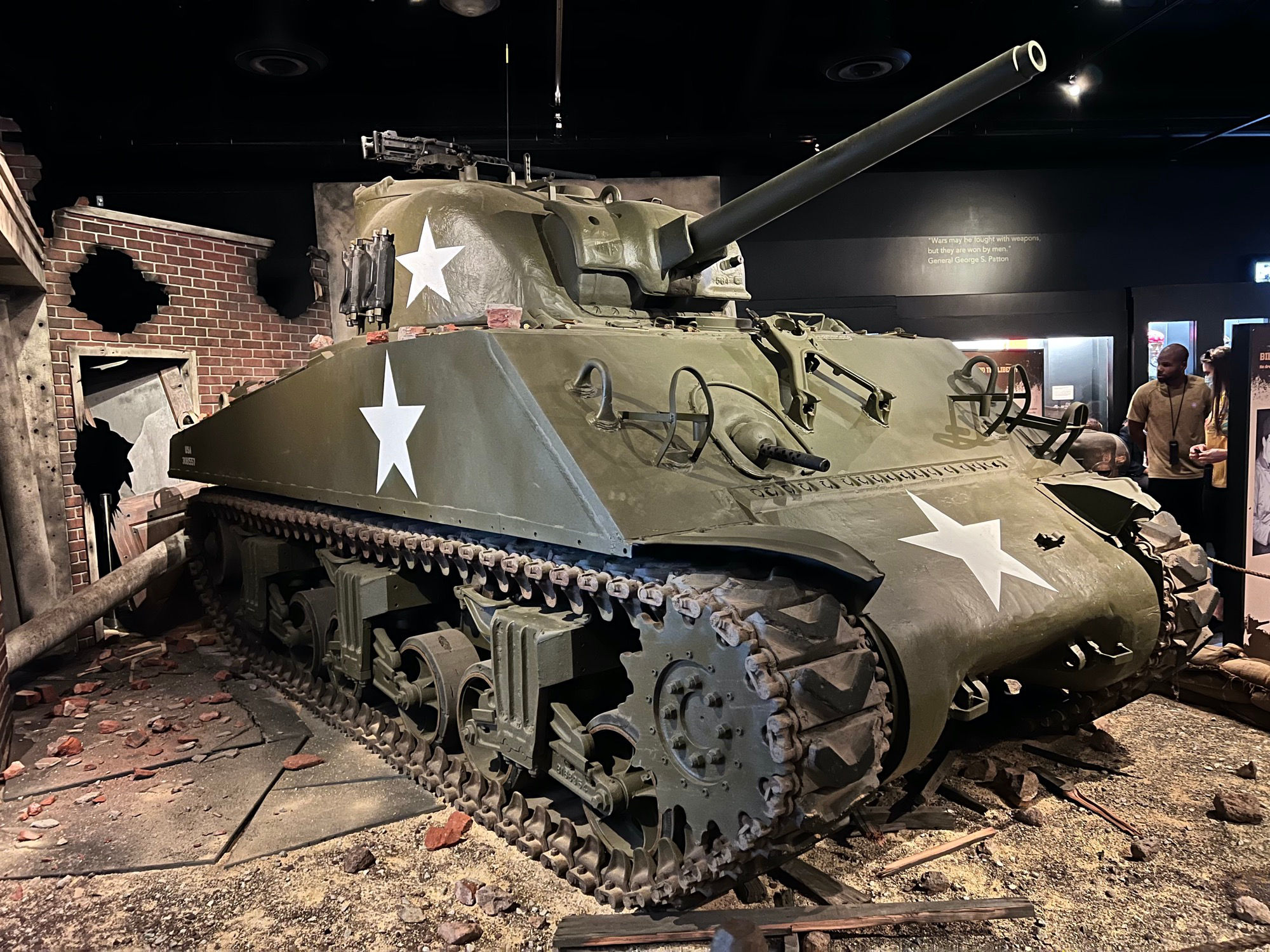
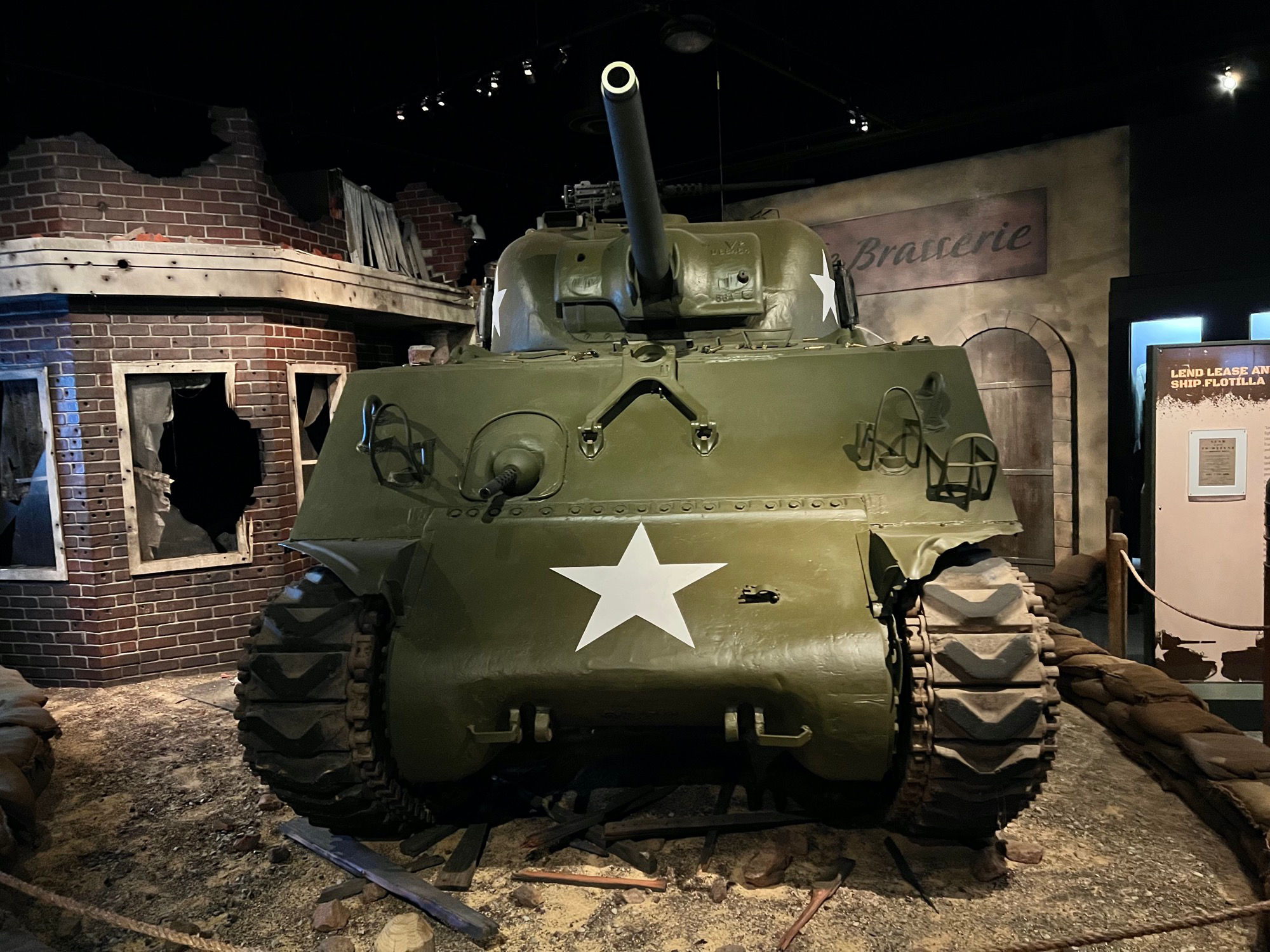
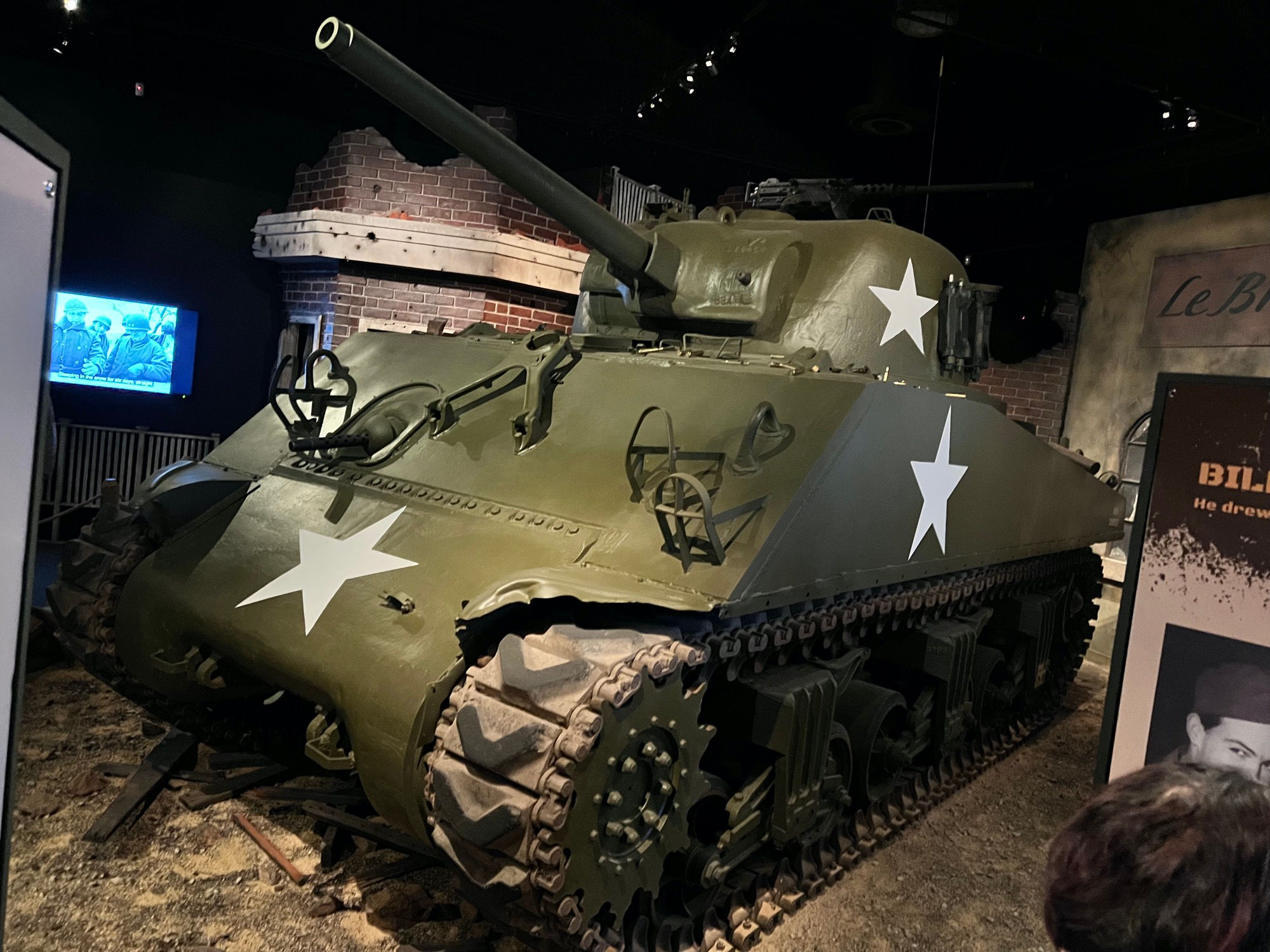
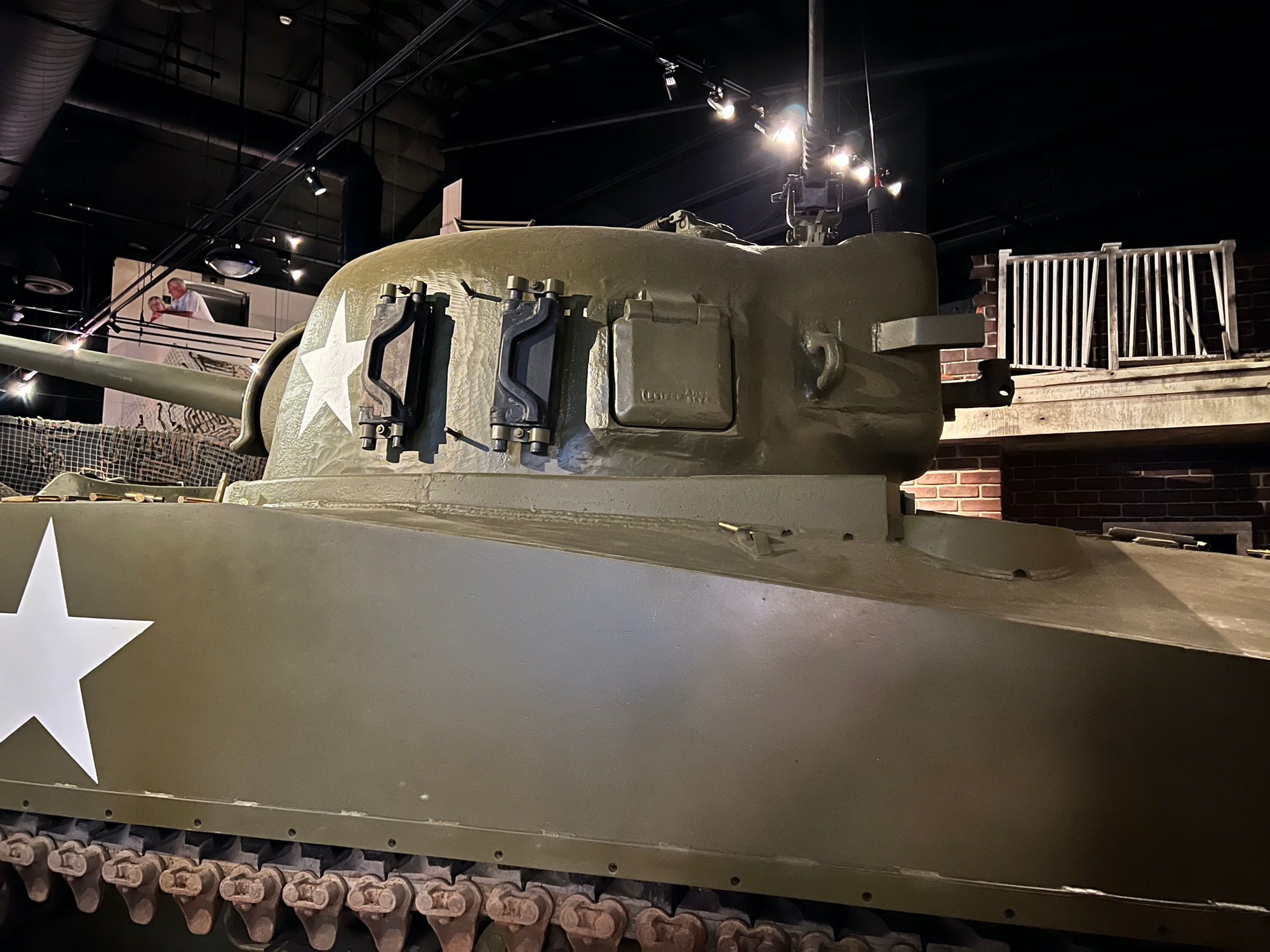
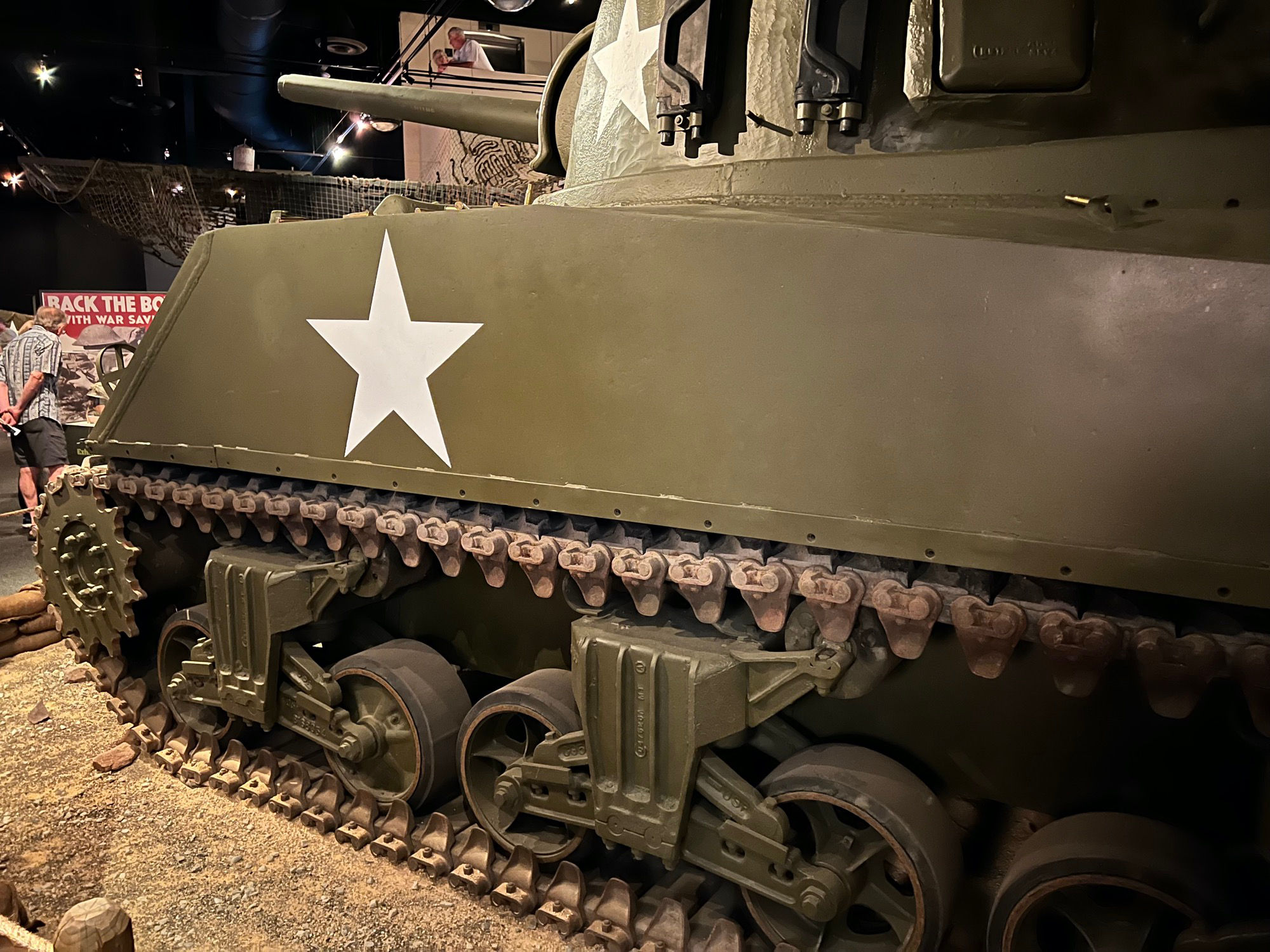
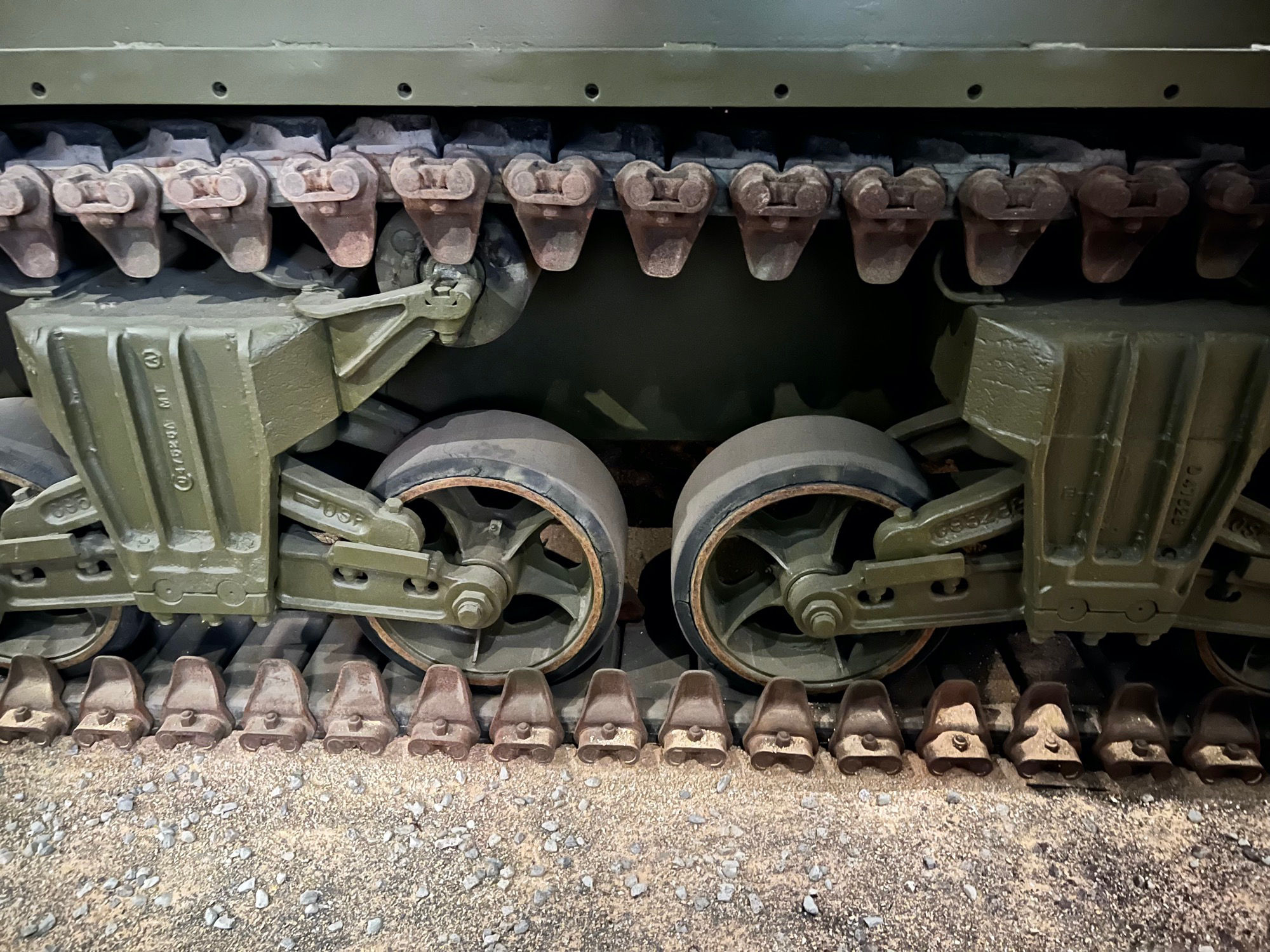
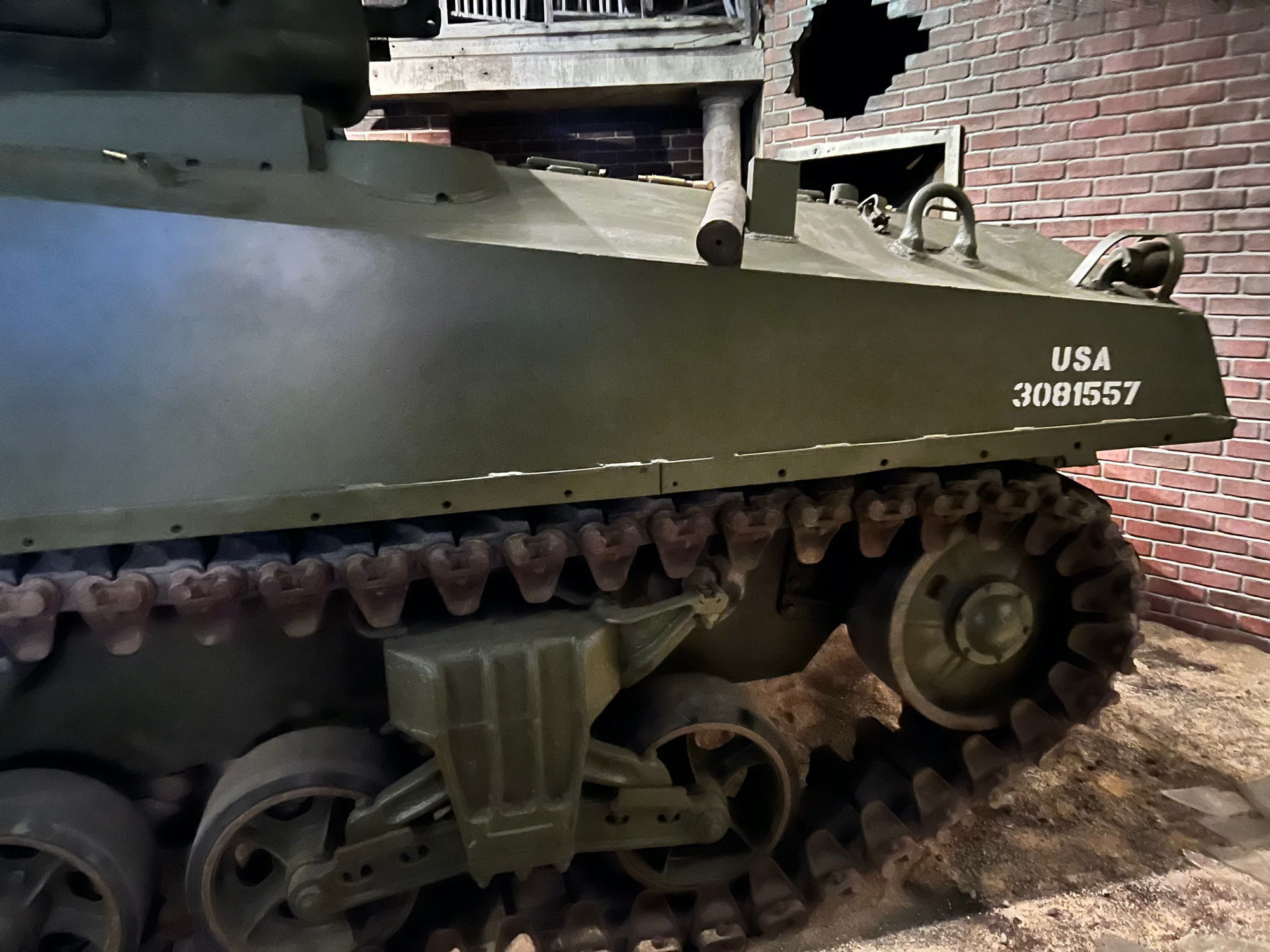
General Patton Memorial MuseumM4 Sherman Tank
The Sherman was renowned for its mechanical reliability, owing to its standardized parts and quality construction on the assembly line. It was roomy, easily repaired, easy to drive. It should have been the ideal tank.But the Sherman was also a death trap.
Most tanks at the time ran on diesel, a safer and less flammable fuel than gasoline. The Sherman's powerplant was a 400-horsepower gas engine that, combined with the ammo on board, could transform the tank into a Hellish inferno after taking a hit.
Companies ranging from the Pullman Car Co. to Ford Motors cranked out nearly 50,000 Sherman tanks. The Sherman packed decent firepower. Although its 75-millimeter gun was less potent than German tank guns were, it still could fire high-explosive rounds that would level buildings sheltering German troops.
Additional weapons included two M1919 Browning .30-caliber machine guns and a Browning .50-caliber M2 on a coaxial turret mount. Both guns could mow down German infantry or destroy machine gun nests.
The Sherman tank remained in service with both the Army and the Marine Corps after World War II, and saw action throughout the Korean War. Even after the United States replaced the Sherman with the M48 Patton main battle tank during the 1950s, the Sherman served with U.S. allies until the 1970s.
- My great-grandfather served as a tank commander in WWII on the western front. The Sherman was the one he was a commander of in George S Patton's third army
- Best selling tanks ever
- Tell me about it, they're all over the place in the US. As a kid I remember seeing one out the car window across from a grocery store, just sitting on the front lawn of some government building. If I could afford it I'd try and by it off them, but a friend apparently already tried and its sadly not for sale
- I'm glad it's reputation has been revitalized, but I don't want to go so far as to say it was some kind of wonder weapon like some have been saying. There's really one word to describe it: it was just good. It wasn't the strongest tank in direct combat, but instead it was good enough and extremely available.
- Best overall tank of the war, purely because it is a blank canvas that can do any role
- An excellent canvas at that too. Great speed, survivability, reparability right off the bat. Before its even upgraded its already one of the best tanks to be invented.
- The Sherman was the best armoured platform of WWII. Not just for it's reliabiltiy, easy and cheap to produce, or being well rounded, thats just what it was designed to be. The real bonus was how easily it could be modified to do whatever you need it to do. Infantry suport? It can do that. Anti tank? Easy. Anti aircraft? Your joking, all variants had a fifty on top for the job. Heavy assault? Just slap on that armour like its COD. Mine sweeping, artillery, troop and supply transport, very upgradeable. All of this was the bonuses of this tank. It's chassis was extremely versatile, it eleminated the need to design specialty vehicles for each job in war, just use a Sherman! Also asthetically, the M4A3 76w with HVSS is such a sexy machine.
WIKIPEDIAM4 Sherman
Medium Tank, M4
It was the most widely used medium tank by the United States and Western Allies in World War II. The M4 Sherman proved to be reliable, relatively cheap to produce, and available in great numbers. It was also the basis of several other armored fighting vehicles including self-propelled artillery, tank destroyers, and armored recovery vehicles. Tens of thousands were distributed through the Lend-Lease program to the British Commonwealth and Soviet Union. The tank was named by the British after the American Civil War General William Tecumseh Sherman.The M4 Sherman evolved from the M3 Medium Tank, which – for speed of development – had its main armament in a side sponson mount. The M4 retained much of the previous mechanical design, but moved the main 75 mm gun into a fully traversing central turret. One feature, a one-axis gyrostabilizer, was not precise enough to allow firing when moving but did help keep the gun aimed in roughly the right direction for when the tank stopped to fire. The designers stressed reliability, ease of production and maintenance, durability, standardization of parts and ammunition in a limited number of variants, and moderate size and weight (to facilitate shipping and for compatibility with existing bridging equipment size and weight limit restrictions). These factors, combined with Sherman's then-superior armor and armament, outclassed German light and medium tanks fielded in 1939–42. The M4 was the most-produced tank in American history, with 49,324 produced (including variants). During World War II, the Sherman spearheaded many offensives by the Allies after 1942.
When the M4 tank went into combat in North Africa with the British Army at the Second Battle of El Alamein in late 1942, it increased the advantage of Allied armor over Axis armor and was superior to the lighter German and Italian tank designs. For this reason, the US Army believed that the M4 would be adequate to win the war, and relatively little pressure was initially applied for further tank development. Logistical and transport restrictions, such as limitations imposed by roads, ports, and bridges, also complicated the introduction of a more capable but heavier tank. Tank destroyer battalions using vehicles built on the M4 hull and chassis, but with open-topped turrets and more potent high-velocity guns, also entered widespread use in the Allied armies. Even by 1944, most M4 Shermans kept their dual-purpose 75 mm gun. By then, the M4 was inferior in firepower and armor to increasing numbers of German upgraded medium tanks and heavy tanks but was able to fight on with the help of considerable numerical superiority, greater mechanical reliability, better logistical support, and support from growing numbers of fighter-bombers and artillery pieces. Later in the war, a more effective armor-piercing gun, the 76 mm gun M1, was incorporated into production vehicles. For anti-tank work, the British refitted Shermans with a 76.2 mm Ordnance QF 17-pounder gun (as the Sherman Firefly). Some were fitted with a 105 mm gun to act as infantry support vehicles.
The relative ease of production allowed large numbers of the M4 to be manufactured, and significant investment in tank recovery and repair units allowed disabled vehicles to be repaired and returned to service quickly. These factors combined to give the Allies numerical superiority in most battles, and many infantry divisions were provided with M4s and tank destroyers. By 1944, a typical U.S. infantry division had attached for armor support an M4 Sherman battalion, a tank destroyer battalion, or both.
After World War II, the Sherman, particularly the many improved and upgraded versions, continued to see combat service in many conflicts around the world, including the U.N forces in the Korean War, with Israel in the Arab–Israeli wars, briefly with South Vietnam in the Vietnam War, and on both sides of the Indo-Pakistani War of 1965.
